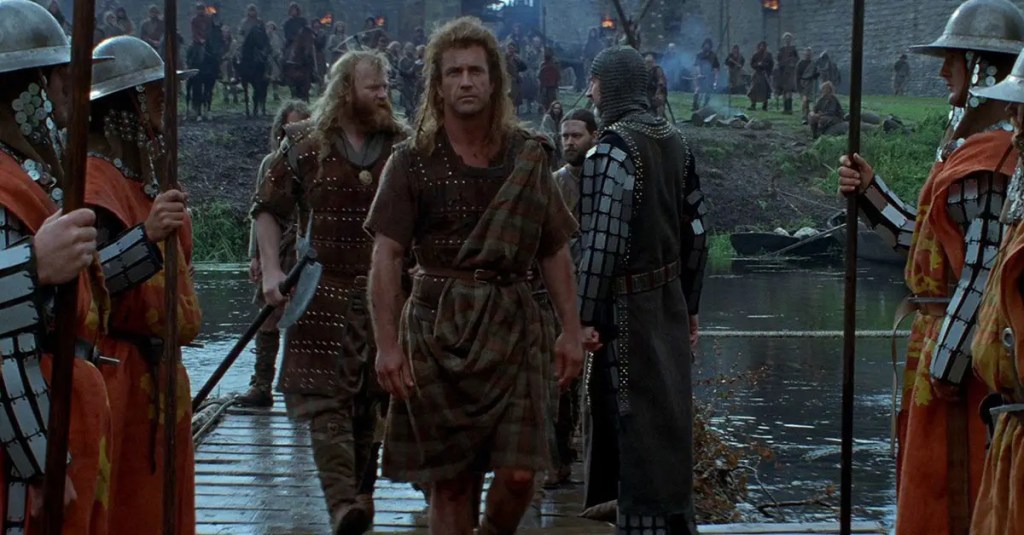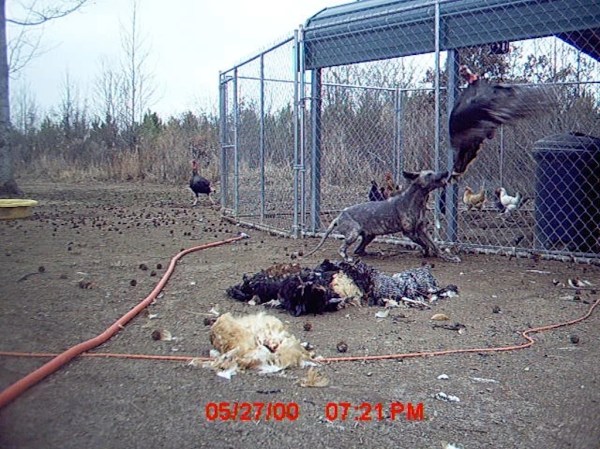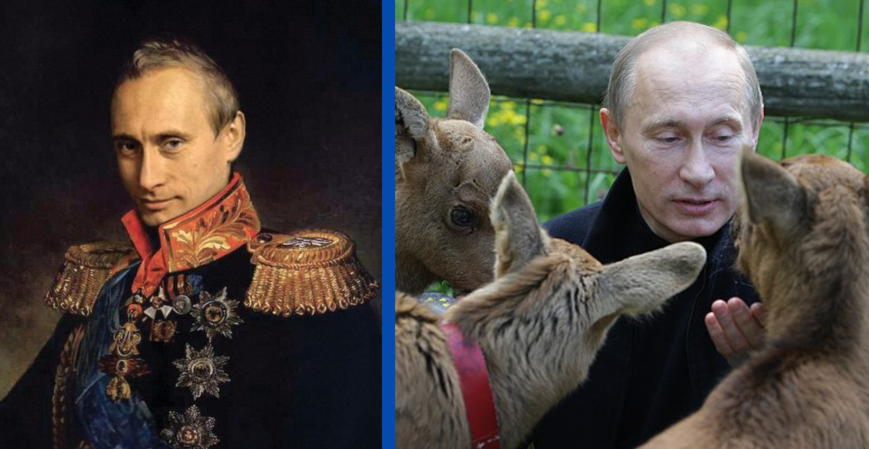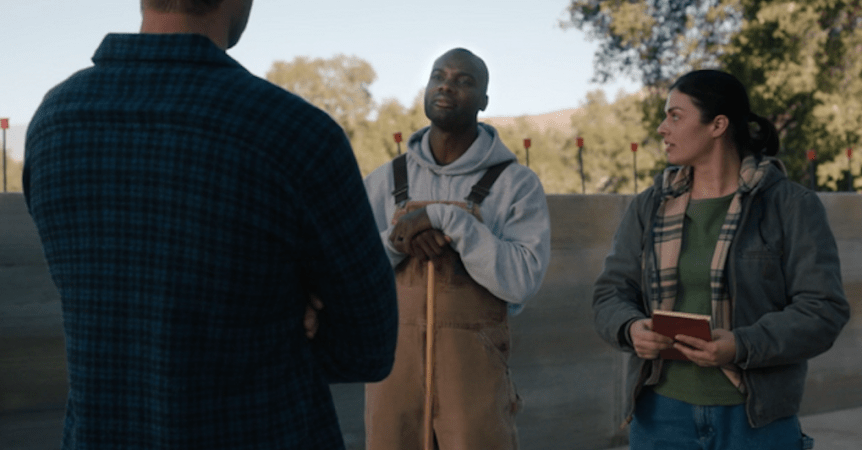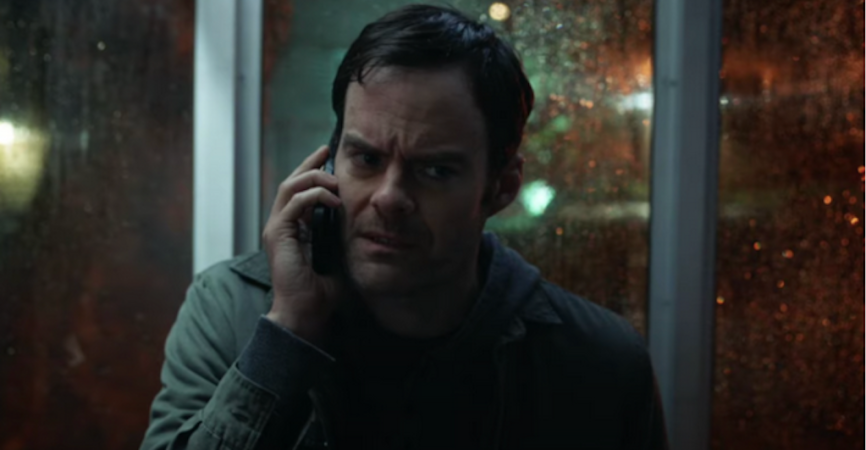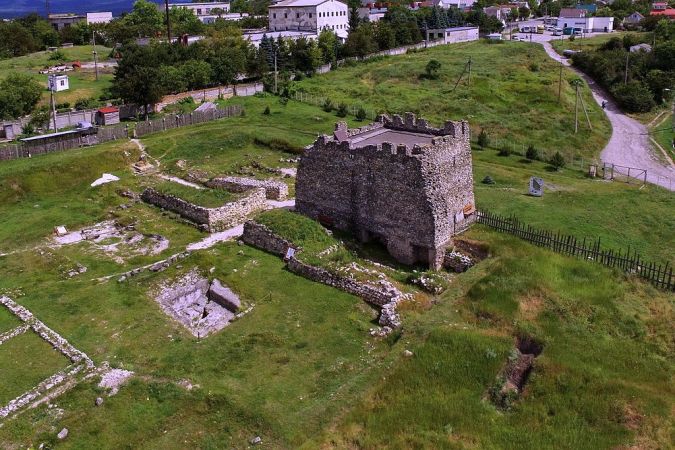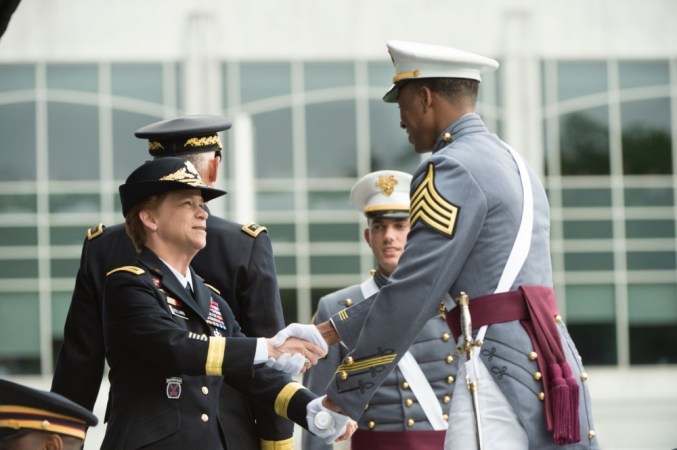In 1995, Mel Gibson starred in and directed the war epic Braveheart, which follows the story of one of Scotland’s greatest national heroes, Sir William Wallace. Wallace almost single-handedly inspired his fellow Scotsmen to stand against their English oppressors, which earned him a permanent spot in the history books.
Among critics, the film cleaned house. It went on to win best picture, best director, best cinematography, and a few others at the 1996 Academy Awards. Although the film has received its fair share of acclaim, historians don’t always share the same enthusiasm. The movie steers away from what really occurred several times.
Here are four ways ‘Braveheart’ was different in real life

1. Battle of Stirling… Fields?
After a few quick, murderous scenes, Wallace joins a small group of his countrymen, ready to ward off a massive force of English troops that are spread across a vast field. In real life, this clash of warriors didn’t happen on some open plains — it occurred on a narrow bridge.
The battle took place in September of 1297, nearly 17 years after the film. Wallace and Andrew de Moray (who isn’t mentioned in the movie) showed up to the bridge and positioned themselves on the side north of the river, where the bridge was constructed.
The Brits were caught off guard, as Wallace and his men waited until about a third of the English’s total force crossed before attacking. The Scotsmen used clever tactics, packing men on the bridge shoulder-to-shoulder, mitigating their numerical disadvantage.

2. Wallace being knighted
After the Battle of Stirling Bridge, both Wallace and Andrew de Moray were both granted Knighthood and labeled as Joint Guardians of Scotland.
Andrew de Moray died about a month later from wounds sustained during the battle. Despite his heroics, Andrew de Moray gets zero credit in the film.

3. Wallace’s affair with Princess Isabelle of France
In the film, Wallace sleeps with Princess Isabella of France (as played by Sophie Marceau), the wife of Edward II of England. According to several sources, the couple was married in January of 1308, which is two years and five months after Wallace was put to death in August 1305, according to the film.
The movie showed Edward II and the princess getting married during Wallace’s lifetime. Now, if Scottish warrior had truly knocked up the French princess before his death in 1305, that would have made her around 10 years old, as she was born in 1295.
Something doesn’t add up.

4. Edward I dies before Wallace?
Who could forget the film’s dramatic ending? Wallace is stretched, pulled by horses, and screams, “freedom!” as his entrails are removed — powerful stuff. In the film, Edward I (as played by Patrick McGoohan) takes his last breath before the editor takes us back to Wallace’s final moment.
According to history, Edward I died around the year 1307. As moving as it was to watch the two deaths happen, it couldn’t have happened.
Featured image courtesy of Paramount Pictures


